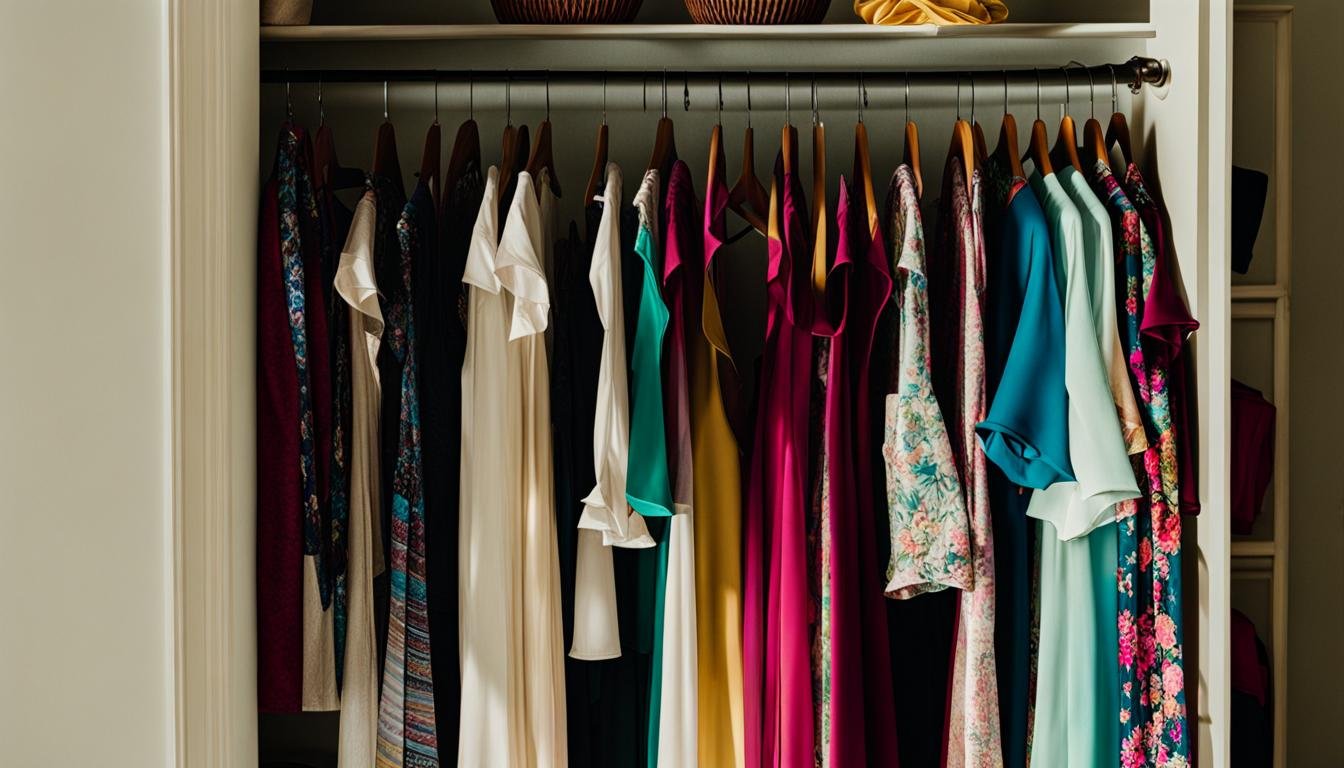5 Limitations Of Sustainable Fashion Certifications
As conscious consumers, it can be a lot of work to do your own independent research into individual brands. With the rise of greenwashing, it’s getting harder and harder to tell if a brand genuinely cares about environmental wellbeing or if they’re simply using fancy marketing tactics.
That’s where sustainable fashion certifications come to play. Certifications like GOTS Certified, STANDARD 100 by OEKO-TEX, and Fairtrade (just to name a few) make it easy to scan a brand’s website and tell if they at least are somewhat legit. Sustainable fashion certifications guarantee that specific production standards are met and can be a quick way to eliminate greenwashing brands off the bat.
However, while sustainable fashion certifications play a crucial role in promoting transparency and accountability within the industry, they do still have limitations. As someone who is interested in slow fashion, having an understanding of these can give you a more holistic view of how different agencies play into the sustainable fashion conversation.
Here are five limitations and criticisms of sustainable fashion certifications:
1. Focus on Single Issues
We know that sustainability is an intersectional issue. It touches upon not just the environment, but should also address worker’s rights, racism, and other forms of inequity. Many certifications focus on specific aspects of sustainability, such as organic materials or fair trade practices, rather than considering the broader environmental and social impacts of the entire supply chain. This narrow focus may provide an insufficient view on the larger impact.
2. Certification Costs
Obtaining and maintaining certifications can be costly for brands, especially for small and emerging businesses. The expenses associated with certification processes, audits, and ongoing monitoring may pose financial barriers for those just starting out. This means that by nature, a larger percentage of companies that are certified in sustainability are going to be big and established companies.
3. Limited Scope, Verification, and Enforcement
While certifications do a great job monitoring one specific area of production, they infrequently look at the entire production process from start to finish. The scope that a sustainability certification addresses is limited and therefore may potentially provide an incomplete picture. Furthermore, certifying agencies also lack the comprehensive verification and enforcement mechanisms needed to ensure that businesses are actually doing what they say they’re doing. This point raises some concern about the accuracy and reliability of the sustainability claims made by certified brands.
4. Limited Coverage & Lack Of Standardization
Some certifications are only available in specific regions and industries which can be a limitation for businesses outside of those areas. Additionally, there is a lack of standardization in what qualifies for certification. Because each agency sets its own criteria and standards, it can be hard for consumers to navigate. A solution for both of these issues would be to increase collaboration between different certifying bodies.
5. Certification Fatigue
There are so many sustainability certifications…from so many different agencies…
This can lead to certification fatigue for both brands and consumers. Brands may find it challenging to navigate and choose the most appropriate certification for their specific sustainability goals. Meanwhile, consumers may become overwhelmed by the sheer number of certifications, causing skepticism or confusion.
Sustainability certifications certainly have an important role in the slow fashion conversation but much like any tool, there are pros and cons. I’ve outlined five potential criticisms for certifications but that doesn’t negate the good that can come from these standardizing processes. I hope that this article was helpful in painting a more comprehensive picture of the sustainable fashion conversation!









